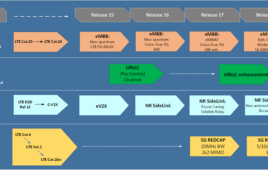According to the latest Insight Report released by the Mobile Consumer Lab and Mind Commerce, Google’s Android is the first legitimate attempt to re-create the success of Japan’s “Wireless Ecosystem” model within international mobile markets. If successful, Google could spark unprecedented innovations within mobile content, service and application development, yet a number a critical factors stand in the way of such success.
The report, titled “Google Android and the Wireless Ecosystem” looks through the hype and cynicism that has surrounded Google’s unveiling of Android and analyzes the significance of Android versus competitive platforms such as Symbian, Windows Mobile and MontaVista, as well as competing devices such as Apple’s iPhone and RIM’s Blackberry.
“Although Symbian and Microsoft have offered the most stinging criticisms of Google’s Android, Google’s next (and most) critical challenge at this early stage of development actually lies in how it will address MontaVista, and galvanize the mobile Linux development movement,” said Philip Sugai, director of the Mobile Consumer Lab at the International University of Japan and lead author of this report. “Without successfully accomplishing this goal, Android will become obsolete within 2008, never ever leveling a substantial competitive threat against either Symbian or Microsoft.”
Using the lessons learned from within Japan ‘s best-in-class Wireless Ecosystem framework, this report identifies five fundamental challenges which threaten Google’s mobile dreams and establishes four required milestones for the Open Handset Alliance to achieve in order to effectively compete within the global mobile industry.




